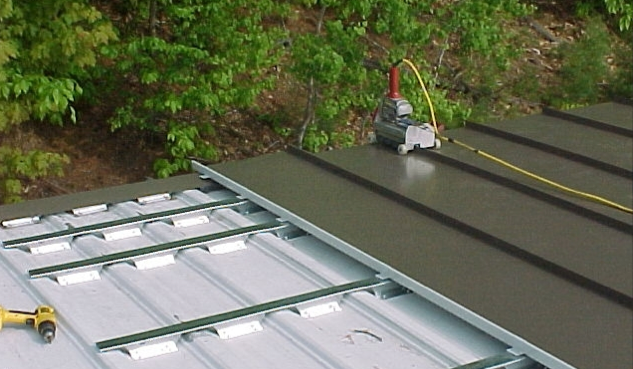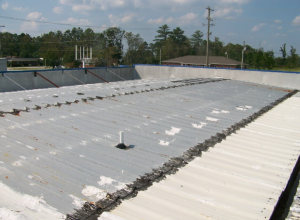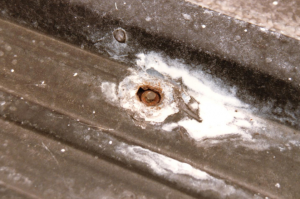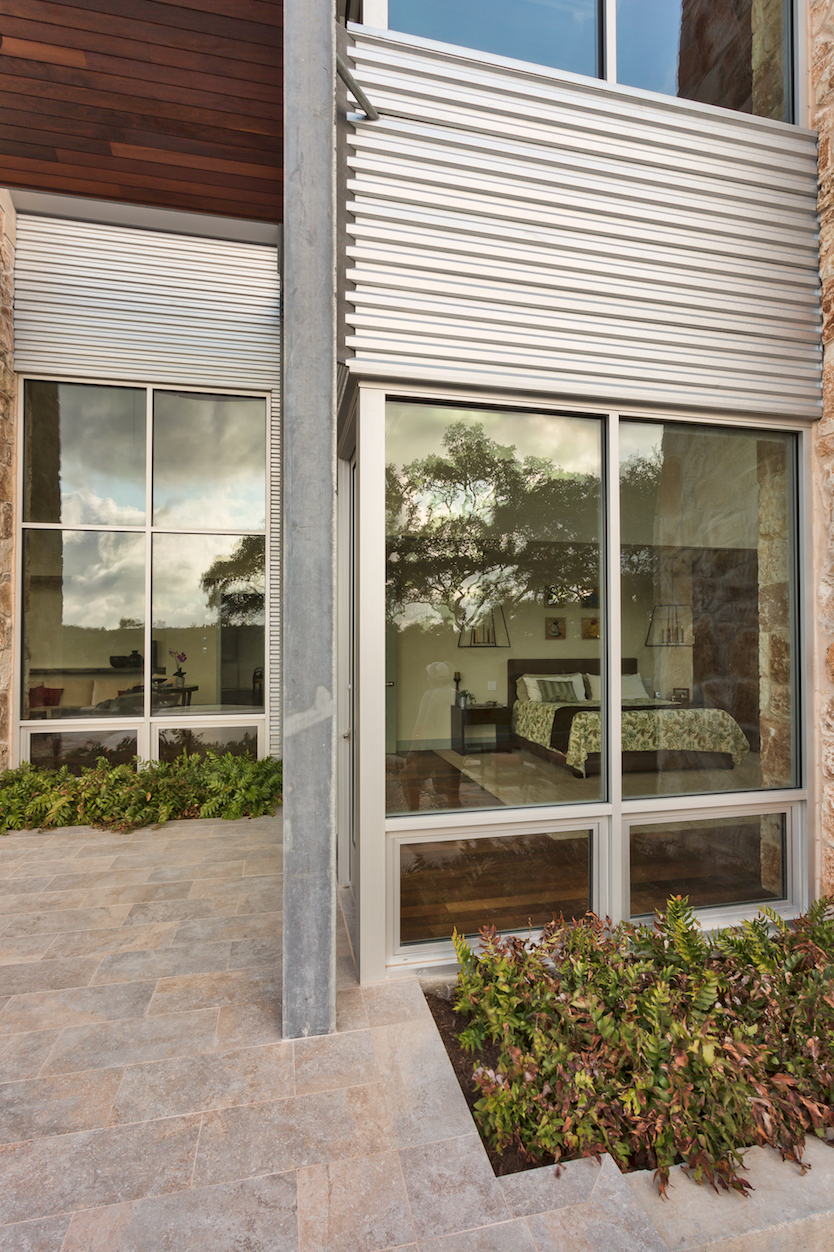Time to reroof an old screw-down metal roof? Are you thinking about upgrading to a new standing-seam roof? Great idea! Today’s new standing-seam roofs are truly state-of-the-art; available in many profiles and finishes; and, more importantly, address many of the issues encountered in older generation screw-down metal roofs.
The screw-down metal roof and wall panel has been the backbone of the metal building industry since its inception and still represents a significant part of the total market. Screw-down panels are lightweight, durable, inexpensive and strong enough to span up to 5 feet between structural supports. Screw-down roofs and walls also have a wonderful physical property: The panels can and frequently are used as “diaphragm bracing,” securely holding the building’s roof purlins and wall girts in position, adding rigidity to the structure in much the same way drywall strengthens stud walls. This is a huge material—and labor—cost saver!The early systems were not without problems, however; much of the technology we take for granted today did not exist in the early years of pre-engineered buildings. Many roofs during the late ’60s thru early ’80s were installed using 10-year life fasteners to secure a 30-plus-year life roof.
The fastener issue seems crazy today given the numerous inexpensive, long-life, weathertight, self-drilling screws available. Back when I started in the metal building industry, you could have the newly developed “self-drilling” cadmium fasteners or “self-tapping” stainless. Self-tapping meant you had to pre-drill a hole in the panel and purlin to install it—a much slower and more expensive process. Most of us used the less expensive but (unknown to us at the time) fairly short-life cadmium-coated fasteners and often never provided the option of a stainless upgrade to our customers.
Another shortcoming with screw-down roof panels is that, generally speaking, screw-down panels on metal buildings should be a maximum length of about 80 feet. Longer roof-panel runs frequently suffered rips or slots in the metal caused by expansion and contraction. Metal panels expand and contract at a rate of about 1 inch per 100 feet of panel run. This is normally absorbed by the back and forth rolling of the roof purlin and some panel bowing, but after 80 feet or so they can no longer absorb the movement resulting in trauma to the panels and trim. I have frequently seen this 80-foot limit exceeded.
Standing-seam panels eliminate both of these shortcomings. The panels are attached to “sliding clips”. These clips are screwed to the purlins and seamed into the side laps of the panels securing them and thus the panels have very few, if any, exposed fasteners. The clips maintain a solid connection with the structure of the building while still allowing the panels, which can be 150 feet or longer, to move with expansion and contraction forces without damage.
This is great news for the building owner: You’re providing a more watertight roof, few if any penetrations, and expansion and contraction ability. It does come with a catch, however; standing-seam panels, because they move, do not provide diaphragm strength. The building’s roof purlins must have significantly more bridging and bracing to keep them in their correct and upright position. This is automatically taken care of in new building design but when it comes time to reroof an older building, removing the existing screw-down roof could remove the diaphragm bracing it once provided and make the building structurally unsound. Yes, that’s bad!
PHOTOS: ROOF HUGGER INC.






Be the first to comment on "From Screw-down to Standing-seam Metal Roofing"